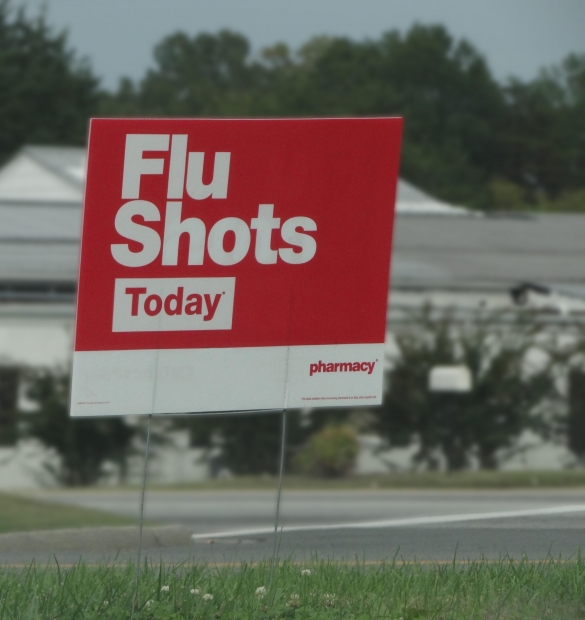 Flu season is beginning to peak around the country and the CDC recommends a three-pronged approach to protect yourself and those around you:
Flu season is beginning to peak around the country and the CDC recommends a three-pronged approach to protect yourself and those around you:
1. Get your flu shot. Talk with your pharmacist or other health care provider about the best version for you.
The flu vaccine is still the best protection from influenza available. While recent reports have highlighted this season’s flu vaccine as “less-effective,” due to the “drifting” of one of the strains circulating in communities, vaccination will greatly reduce the severity of your symptoms if you do become ill. It will also continue to protect you from the vaccine’s other strains.
2. If you develop flu-like symptoms, especially if you have chronic health conditions, are elderly or very young, talk with a health care provider about antiviral medications. If taken within 48 hours of onset they can reduce the severity and length of your illness. If you are not sure whether you have symptoms of the flu or a cold, talk with a pharmacist. They can help you sort out your symptoms and guide you appropriate over-the-counter medications if it’s a cold or too far into you flu symptoms.
Follow good health practices to prevent the spread of contagious illnesses. Cover the mouth and nose during a cough or sneeze, avoid touching the eyes, nose or mouth, stay home from work or school when you are sick and wash the hands or use alcohol-based hand sanitizer frequently.
Patient care services, such as immunizations, are just one of the many ways pharmacists can play an important role within their communities and as part of the health care team. Widespread access to and coverage of many of pharmacists’ patient care services is restricted because of a lack of pharmacists’ recognition under federal law as healthcare providers. The health of our communities can be enhanced with this recognition.














